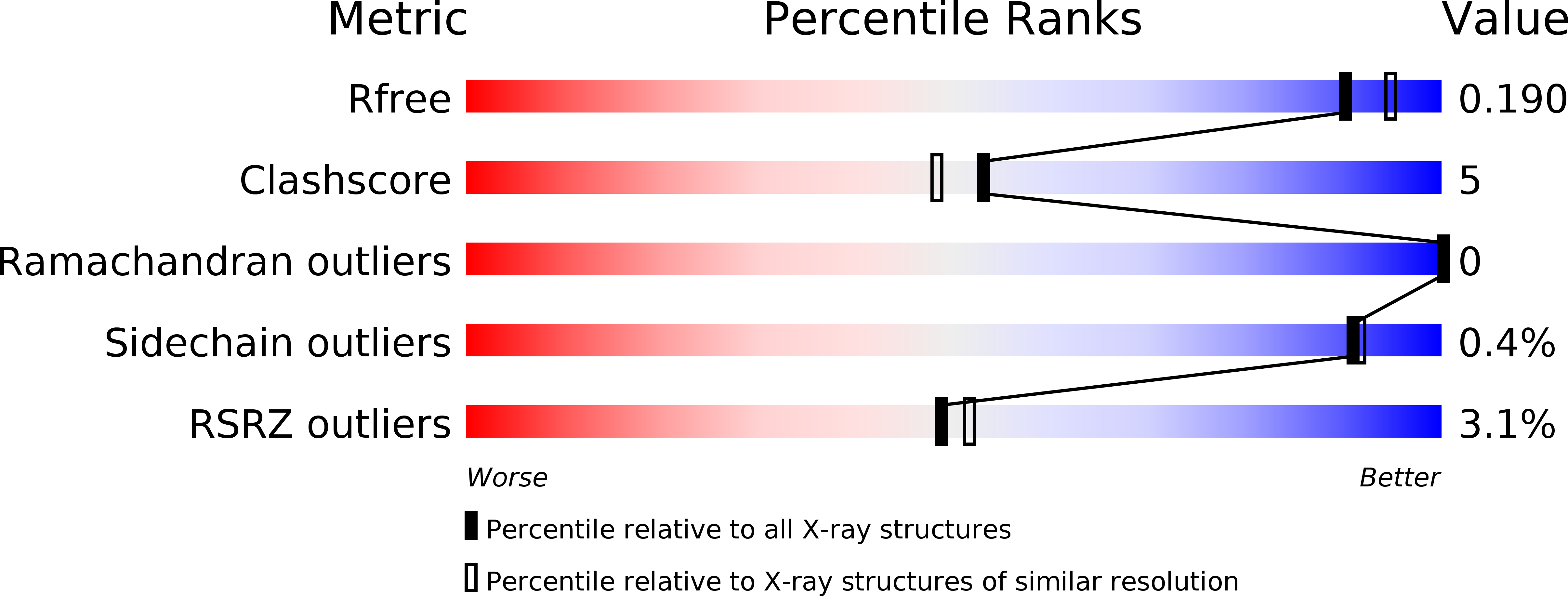
Deposition Date
2009-06-16
Release Date
2009-08-18
Last Version Date
2023-12-13
Entry Detail
PDB ID:
2WKP
Keywords:
Title:
Structure of a photoactivatable Rac1 containing Lov2 Wildtype
Biological Source:
Source Organism:
AVENA SATIVA (Taxon ID: 4498)
HOMO SAPIENS (Taxon ID: 9606)
HOMO SAPIENS (Taxon ID: 9606)
Host Organism:
Method Details:
Experimental Method:
Resolution:
1.90 Å
R-Value Free:
0.19
R-Value Work:
0.16
R-Value Observed:
0.16
Space Group:
P 32 2 1


